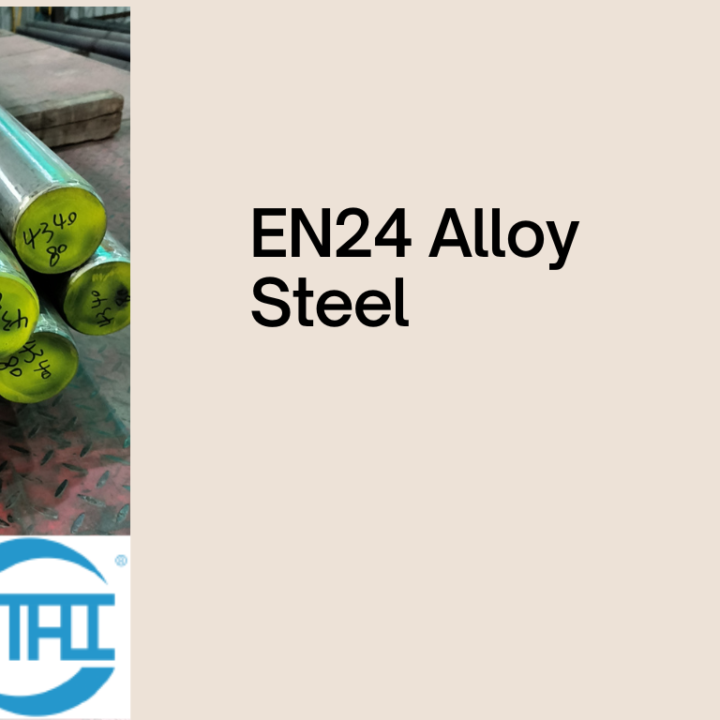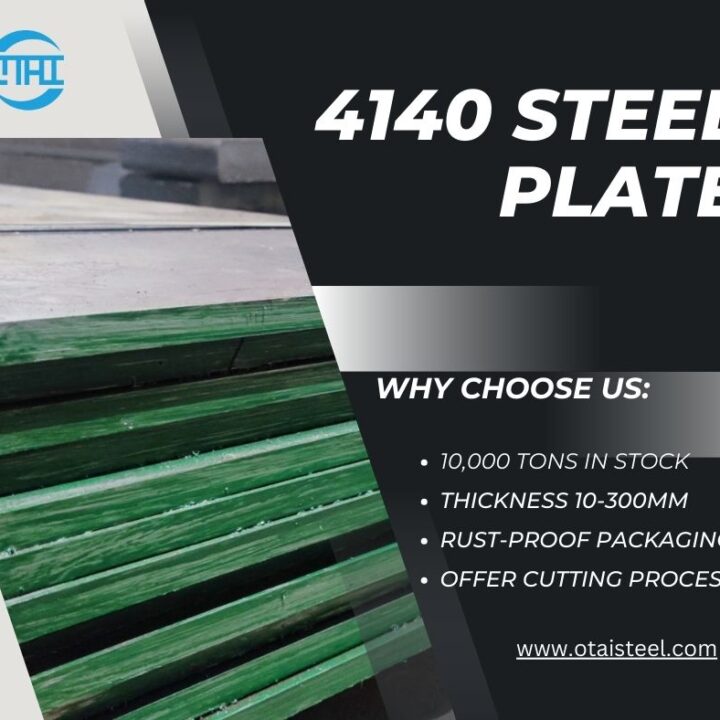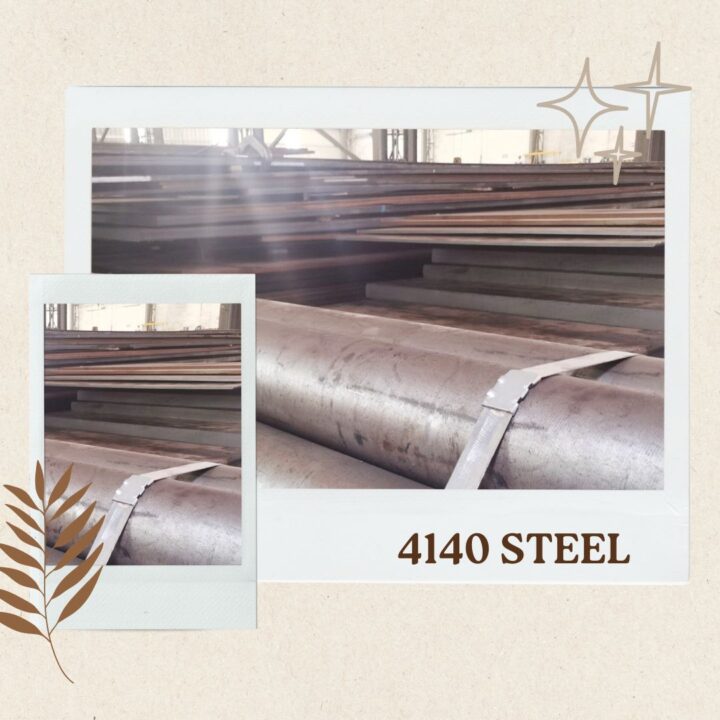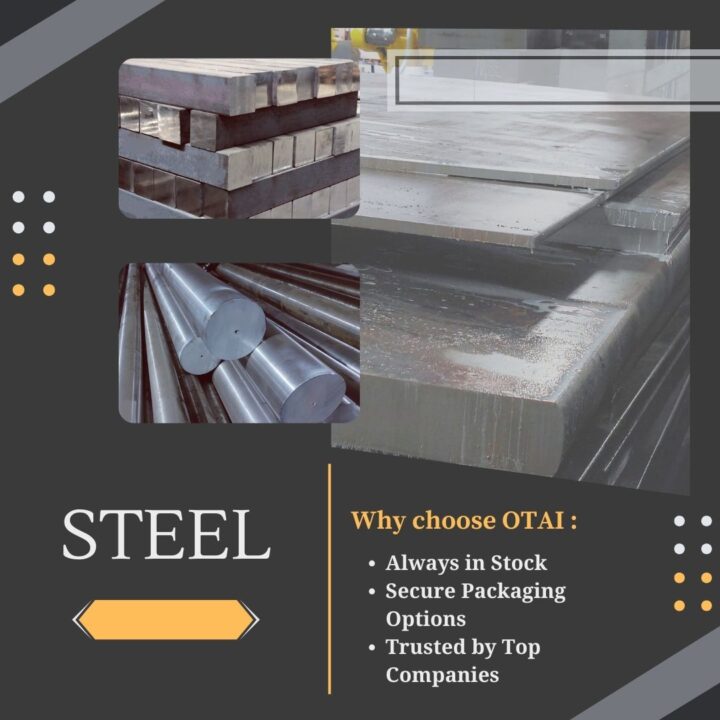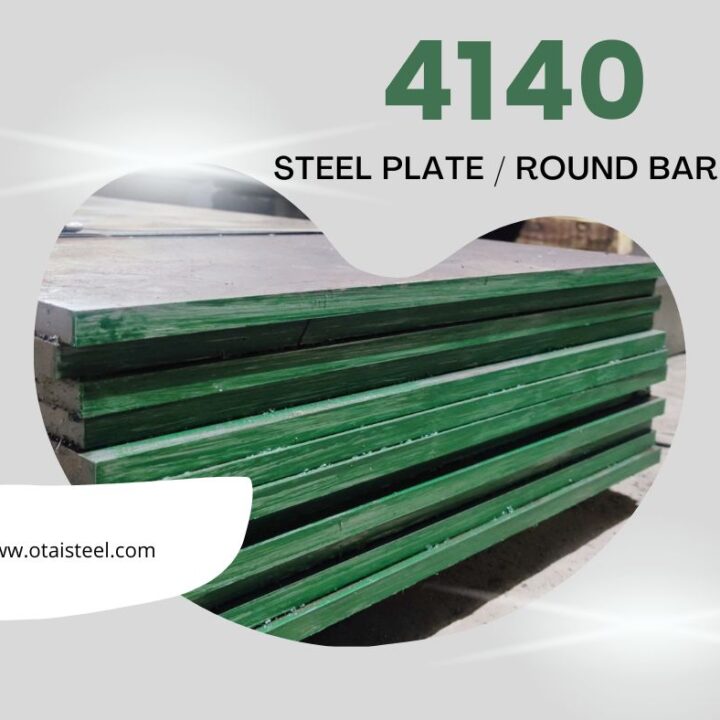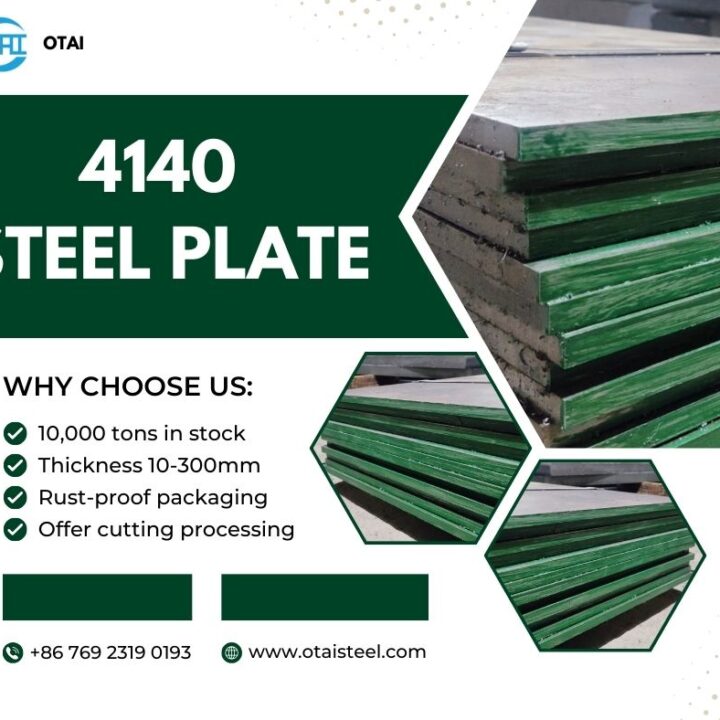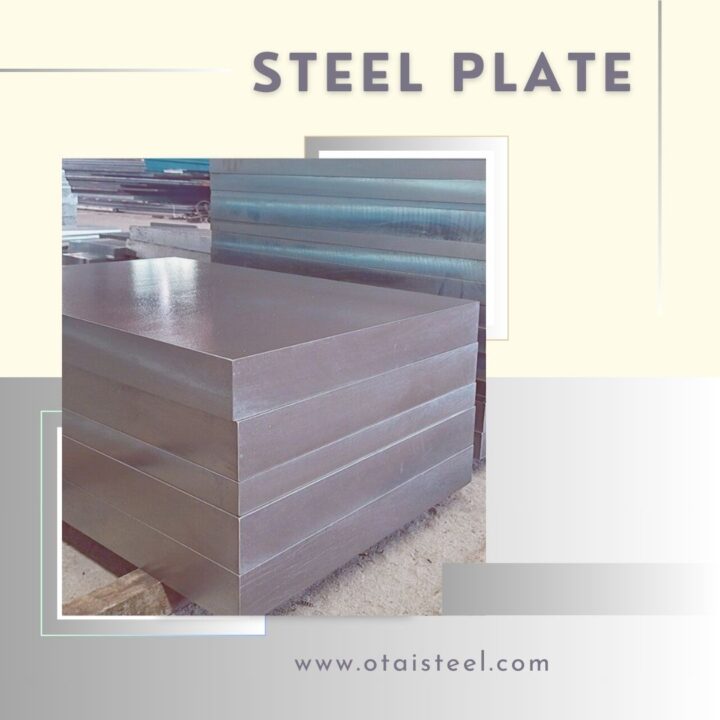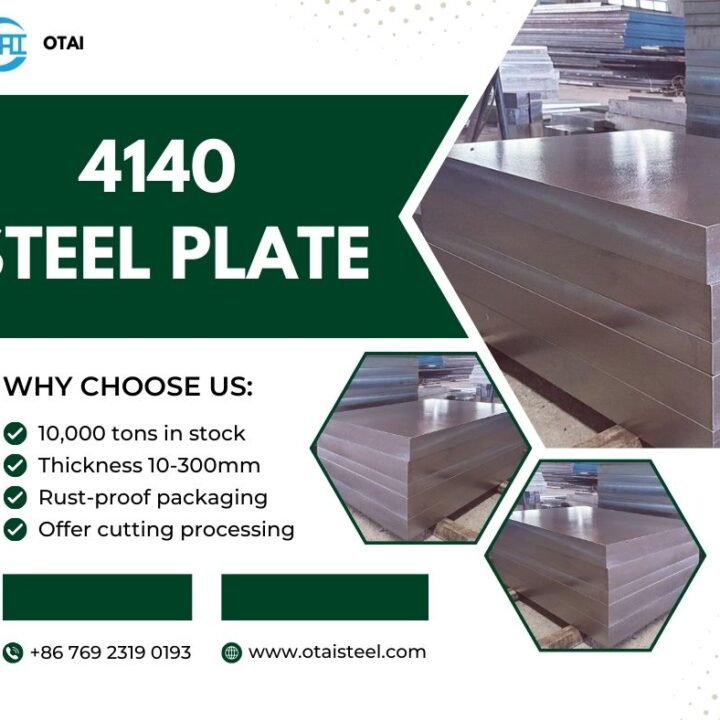When purchasing mold steel, it is necessary to first consider whether some basic properties of the mold steel can be adapted to the needs of the manufactured mold. In general, the hardness, strength, toughness, wear resistance and polishing of steel are very important. These properties can comprehensively reflect the comprehensive performance of the die steel, and determine the application range to a certain extent. According to statistics, the early failure of molds is about 10% due to improper selection of mold steel and internal defects, and about 50% caused by improper heat treatment. Therefore, it is of great significance to correctly select mold steel with good quality.
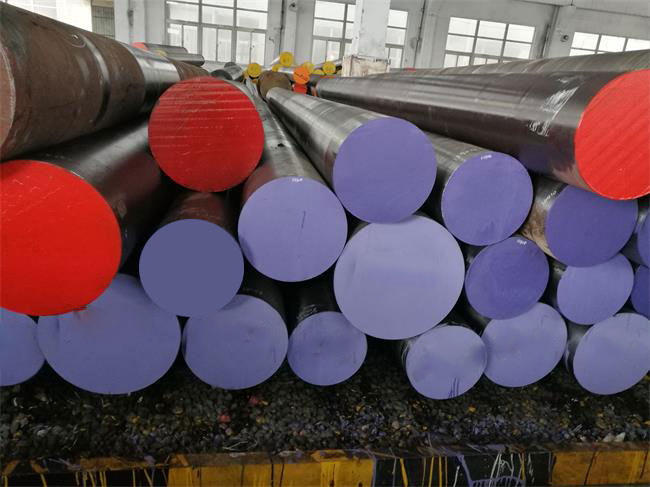
1. Hardness requirements of mold steel
The working state of the mold is complicated during work. For example, the hot working mold usually undergoes alternating stress under the exchange temperature field, so it should have good resistance to softening or plastic deformation, and can still be used in long-term working conditions. Maintain the shape and dimensional accuracy of the mold. For the cold work die, the hardness is generally selected above 56HRC-62HRC, while the hot work die is especially a mold that requires high thermal fatigue resistance, and the hardness is usually around 45HRC-52HRC. For plastic molds, the general hardness requirement is around 28HRC-36HRC.
2. Mold steel strength and toughness requirements
During the forming process, the parts are subjected to huge loads such as impact and distortion, especially modern high-speed stamping, high-speed precision forging and liquid forming technologies, as well as the development of one-shot forming technology. If the strength and toughness of the die steel are not enough, it may cause the edge or partial collapse, chipping or fracture of the cavity to fail early, so the mold should have high hardness and toughness after heat treatment.
3. Mold steel wear resistance requirements
When the mold part is formed, the mold steel and the mold cavity surface move relative to each other, causing the surface of the cavity to wear, so that the dimensional accuracy, shape and surface roughness of the mold is changed and fail. Wear is a complicated process, and many influencing factors depend largely on the chemical composition inhomogeneity, microstructure, and mechanical properties of the die steel.
4. Fatigue performance requirements of mold steel
When the mold is working, it is subjected to the alternating stress of mechanical shock and thermal shock. During the working process of the hot working mold, the thermal alternating stress causes the mold to crack more obviously. Cracks caused by stress and temperature gradients often result in the rapid propagation and expansion of shallow and fine cracks on the surface of the cavity leading to mold failure. In addition, the chemical composition of steel and the unevenness of the structure, metallurgical defects such as non- metallic inclusions, pores, microcracks, etc. in the steel can cause the fatigue strength of the steel to decrease, because under the action of alternating stress, first These weak areas produce fatigue cracks and develop into fatigue damage.
5. Polishing requirements for mold steel
Steel with excellent polishing performance can throw a mirror effect without creases or lines. In general, steels with good polishing properties have high hardness.
